I stole this from somewhere so i can remember to grow lots next year. The cheap asian ginger i suck back in my carrot juce should be home grown. Not something fertilized with some asians poop to be sold to us stupid lazy western devils.
Daniel
December 16, 2013 by Nima Shei
How To Grow Your Own Ginger
Growing Your Own Ginger
By Divya Shree
Edited by Stephanie Dawson
There are many health benefits to ginger. In our world of processed and GMO foods it’s hard to find foods in their purest form. The best way to obtain herbs and foods in their purest form is to grow them yourself. Ginger is easy to grow and does not require much effort. Here is some information on how to grow your own ginger:
Ginger is not much different from other herbs and requires the same things other herbs do. To get started the first thing you need is the ginger root, known as rhizomes. You can get it from someone who grows ginger or buy it from a local nursery, make sure you buy fresh roots. Usually plump and smooth skinned ginger root is best. Once you have bought the root, soak it in warm water for 12 hours.
Then take a 14-inch pot, big enough to accommodate three average-sized rhizomes. Make sure the pot has adequate drainage to drain away water and waste and fill with planting soil. You can use compost soil from your garden if you have it, if not have a garden you use compost warm manure that can be bought from any local nursery or plant shop. You can add potting soil to the manure to make a more nutritious mixture for the ginger root.After placing soil in the pot cut the soaked ginger root into small pieces. Place the ginger roots into the soil 2-5 inches deep. Cover the roots with soil and manure to hide roots. It’s important to create the right environment for the growth of your ginger, it requires a lot of moisture therefore it’s essential to ensure it’s getting a regular supply of water. Adding water daily or alternate days is good. Make sure the soil doesn’t get too saturated, that’s why proper draining is important to avoid rotting. A warm environment is also essential for growth of ginger. If you have sufficient access to sunlight that is sufficient. If you cannot get the pot into enough sunlight you can place it below a light bulb for proper warmth. Ginger requires constant 75 degrees (24 C).
Another important thing to consider is that the ginger plant cannot stand strong winds therefore keep the growing pot inside a room, not in an open garden. Direct exposure to the sun is not good for ginger plants.
When it’s time to harvest the grown ginger dig in the soil and cut the pieces of ginger off that you want to use. Whenever you cut the rhizome, make sure you plant another one to replace it. By doing so you can grow ginger for a long time and enjoy it fresh whenever you like.
Source - http://herbgardens.about.com/od/indoorgardening/a/How-Can-I-Grow-My-Own-Ginger-Root-Indoors.htm
Source- http://www.growingherbsforbeginners.com/growing-ginger/


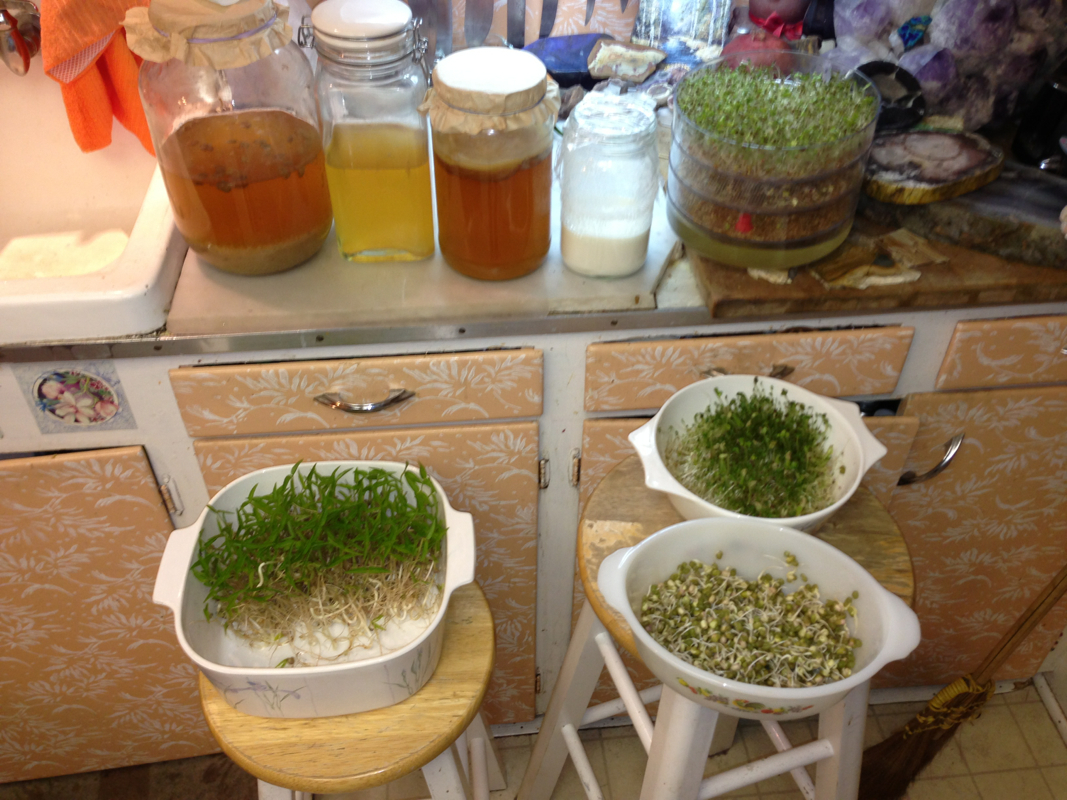

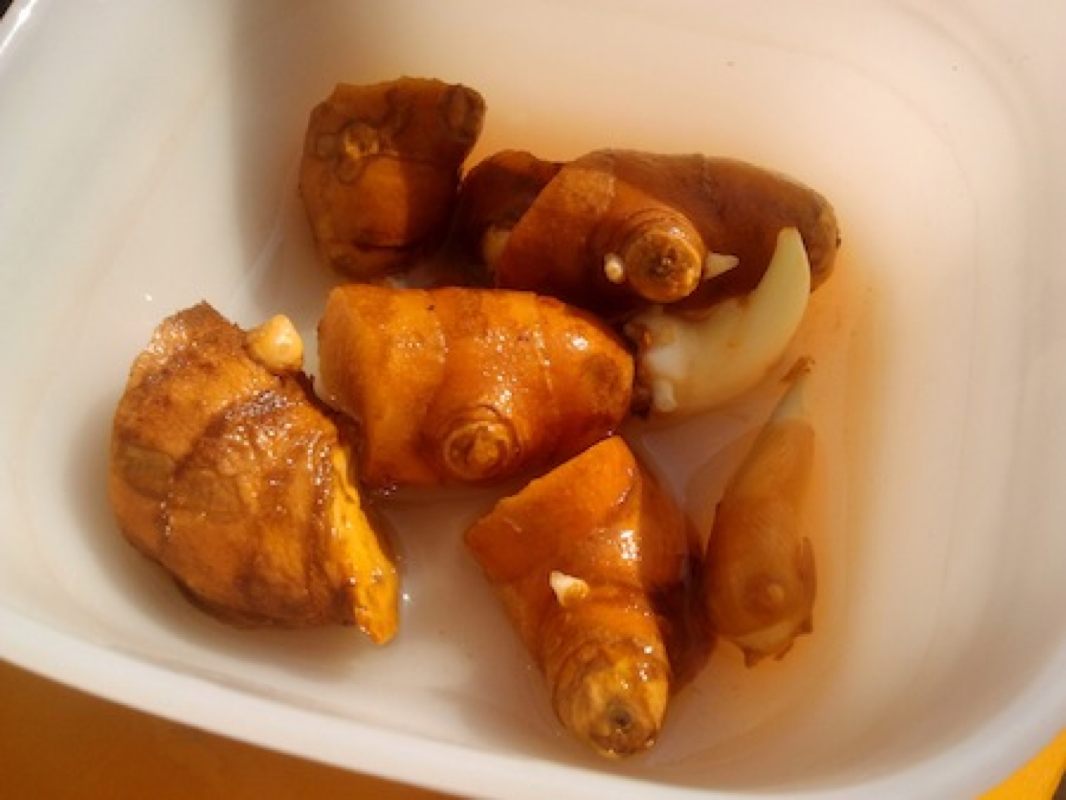


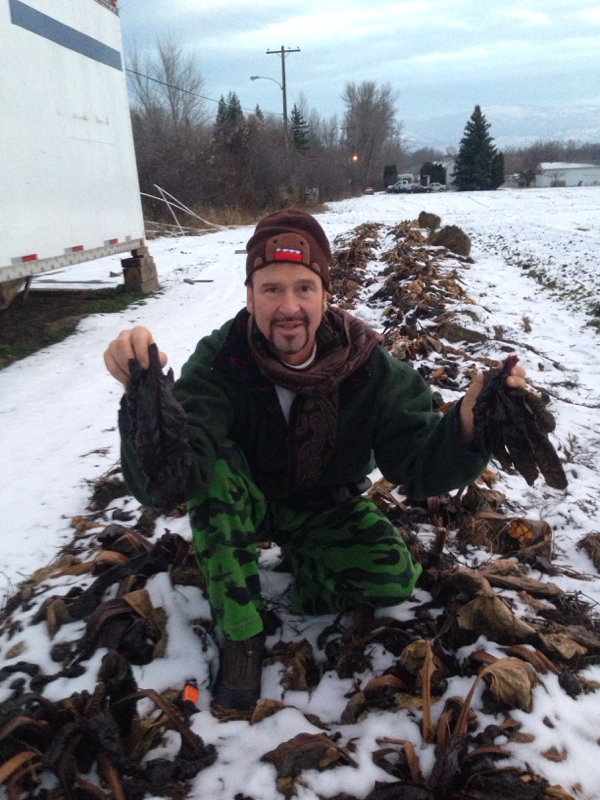
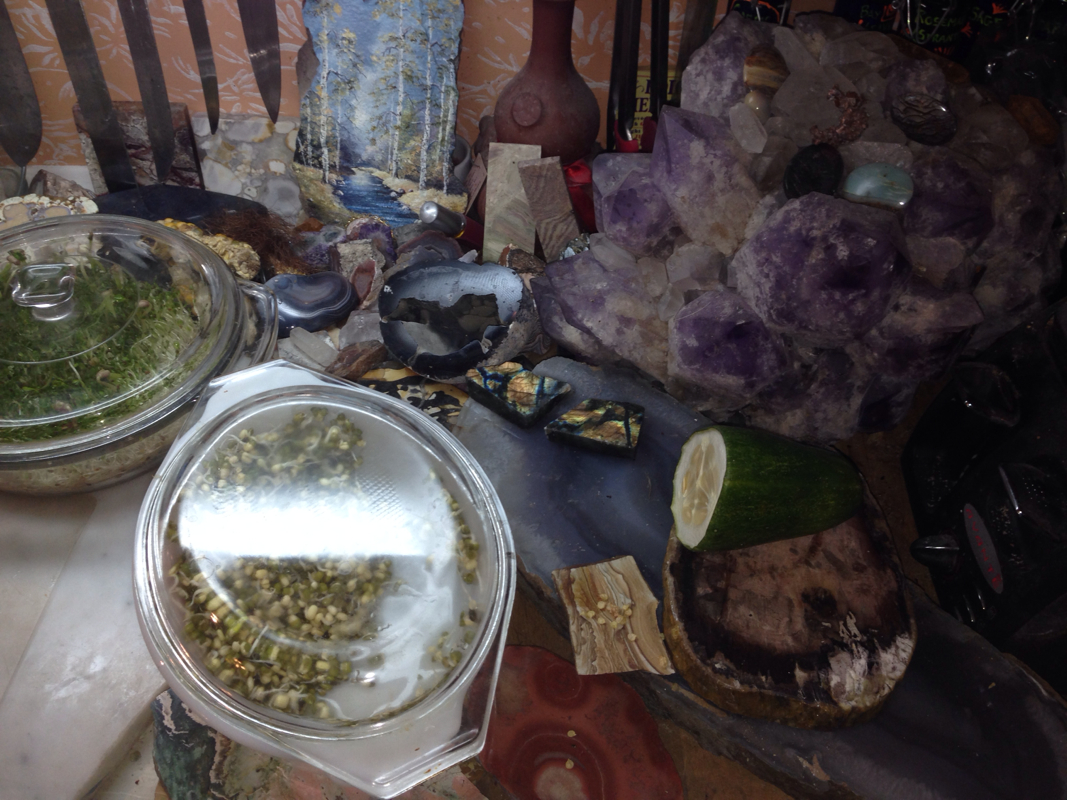
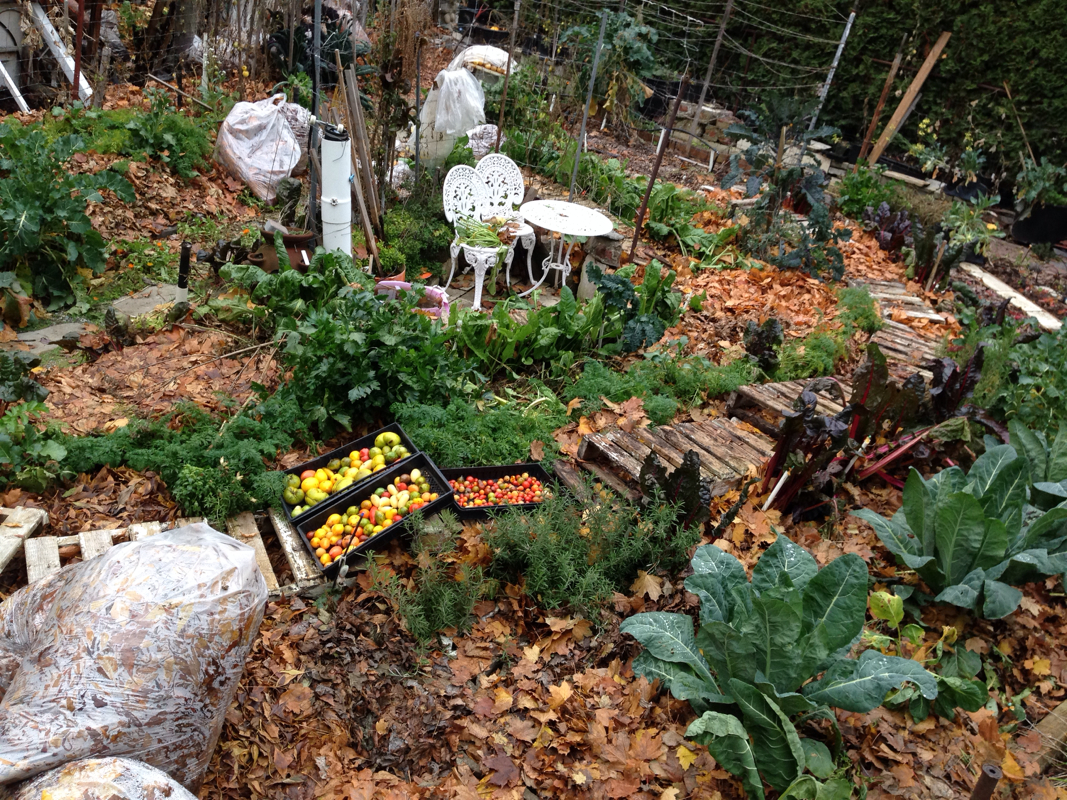

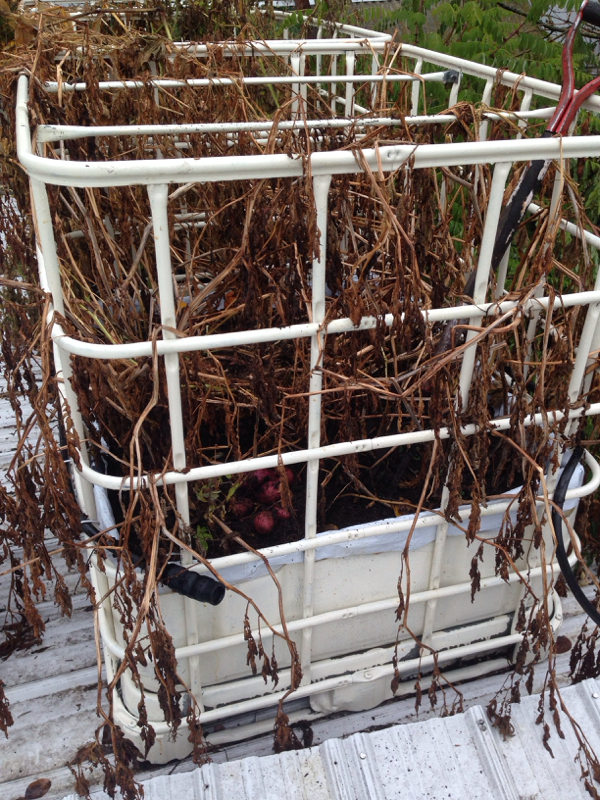
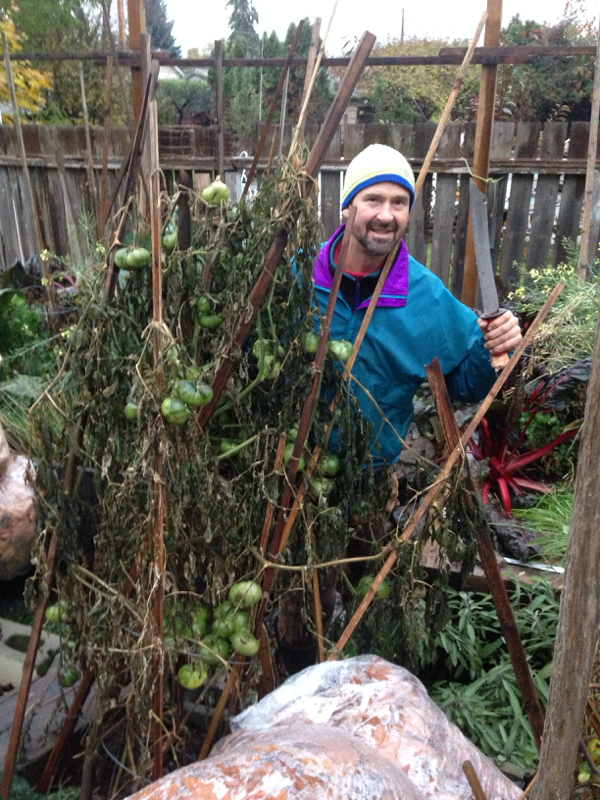


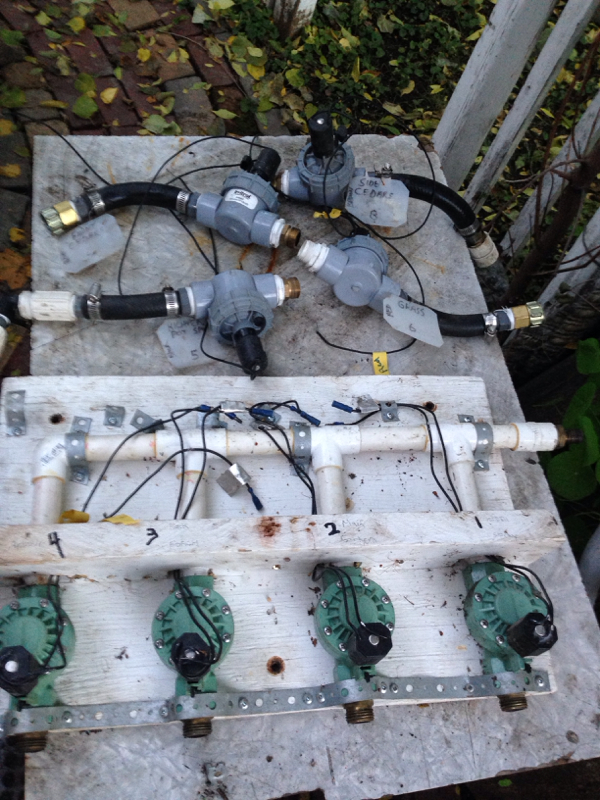
 RSS Feed
RSS Feed